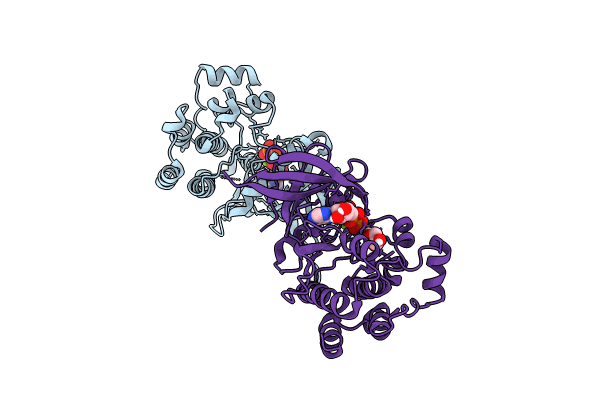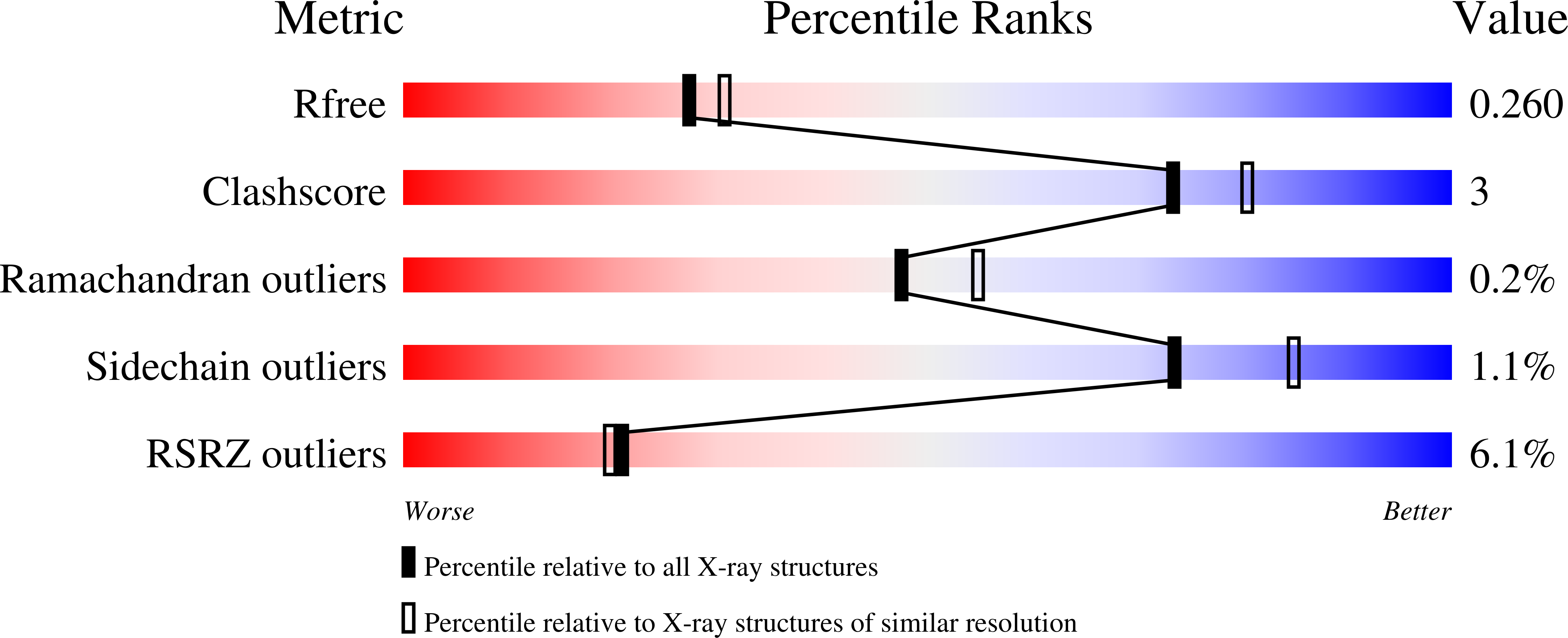
Deposition Date
2022-12-16
Release Date
2023-12-27
Last Version Date
2024-11-13
Method Details:
Experimental Method:
Resolution:
2.20 Å
R-Value Free:
0.25
R-Value Work:
0.23
R-Value Observed:
0.26
Space Group:
P 43


